I saw this widely shared on Twitter and wondered if this frown analysis were an oversimplification of reality:
On the other hand, it may be true. It would explain why (American-made) frowny emoticons have no eyebrows to speak of. This explains why the frowny emoticons have never looked satisfying to me. They just look mildly disappointed with the world.
Expand to GIFs and it’s easy to confirm the hypothesis.
American actor:
Apparently this kid is American but we don’t know for sure:
Vulture (American) describes that (British) Fleabag scene above as a ‘laugh pout’. It’s definitely a conspiratorial, theatrical frown to me.
But then, Britney Spears is American and here we clearly see her using her eyebrows. I have no idea what emotion she is expressing here because GIFs are without context. But Americans clearly use their eyebrows to express a range of emotions. She looks incredulous and slightly disgusted to me, as if she can’t believe the interviewer just said that.
I’m neither American nor British. But I wondered how I, as an Australasian, would depict frowning in art, because this has implications for illustrators, right? This involves going back into art I’ve done in the past. Facial expressions are more subtle in the sombre works, more exaggerated in cartoony works.
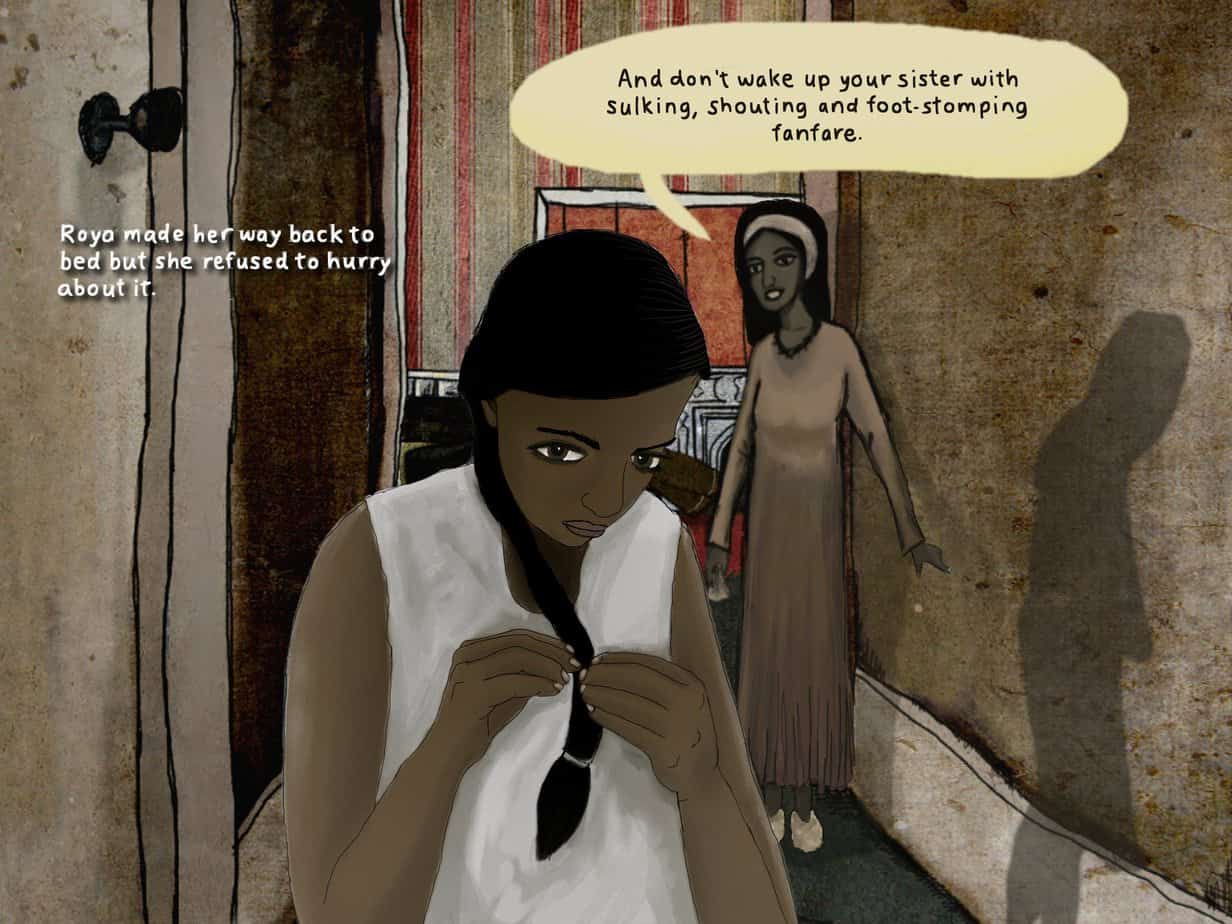
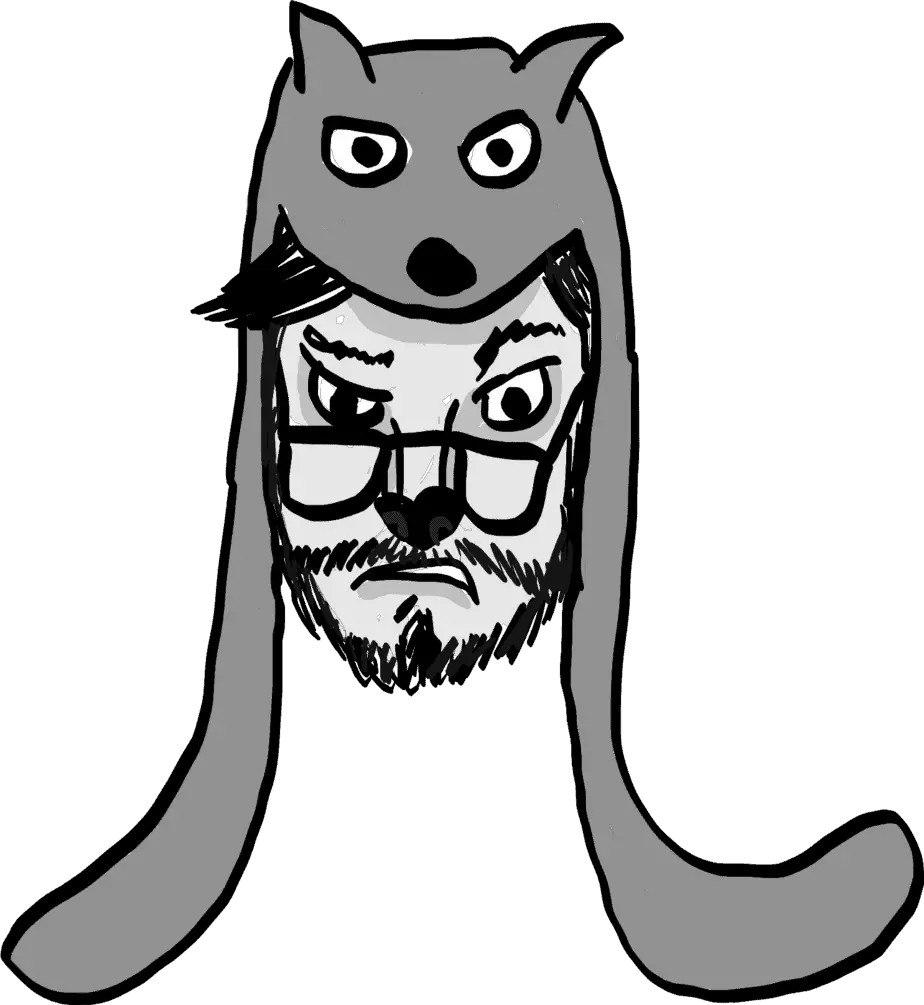
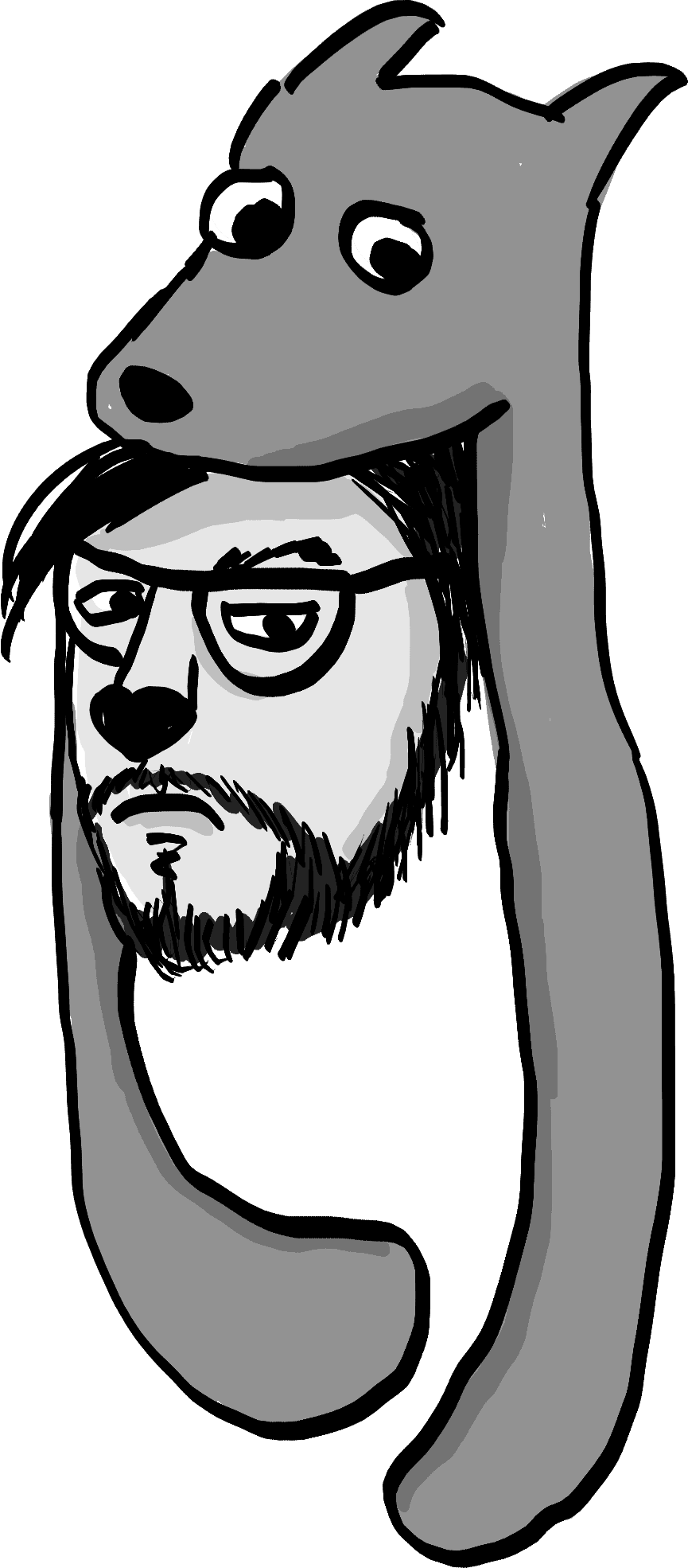
Without looking too far, I realised I make use of both eyebrows and mouth downturn to depict frowning, at least when it comes to cartoons. When it comes to depicting a serious, sombre mood, I do very little with the face.
Just the other day I posed a 3D model frowning and came up with this:
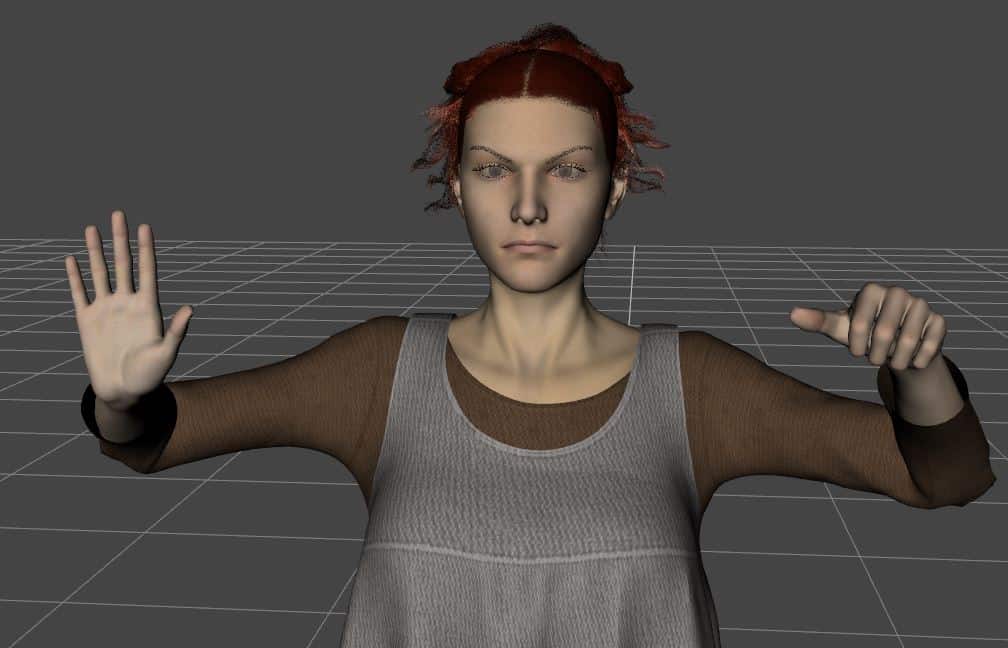
The character is meant to be feeling annoyed and is also concentrating. I was using software which lets me control the eyes separately from the mouth, which is important information for this nonetheless rubbish experiment.
But I have lived part of my life in New Zealand, about half my adult life in Australia. So my own examples prove nothing either way about Americans vs Brits.
What if I compare British picture books to American picture books? Might we then see a difference?
First I need to find some characters with eyebrows and a human-esque mouth. (Pigeon from the Mo Willems series won’t do here — pigeon has a beak, dammit.)
I’m immediately hampered by a deeper issue. Is this even what Americans would describe as a ‘frown’? Does a frown denote sadness? That’s just a sad face, right? I mean, it’s right there in the title:
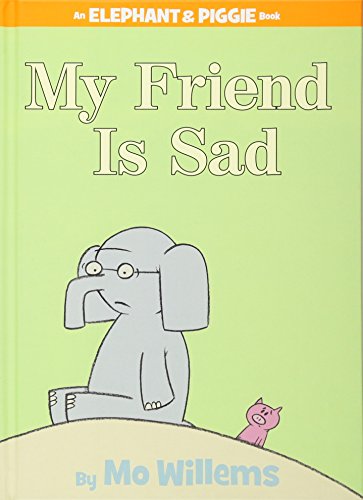
Or does a frown denote something else, like contemplation of hard things?
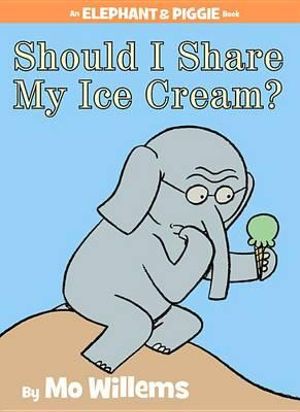
American illustrators definitely make use of the eyes (eye shape in lieu of eyebrows) when the frown indicates anger. But is this a frown? (The mouth is open and therefore useless to us here.)
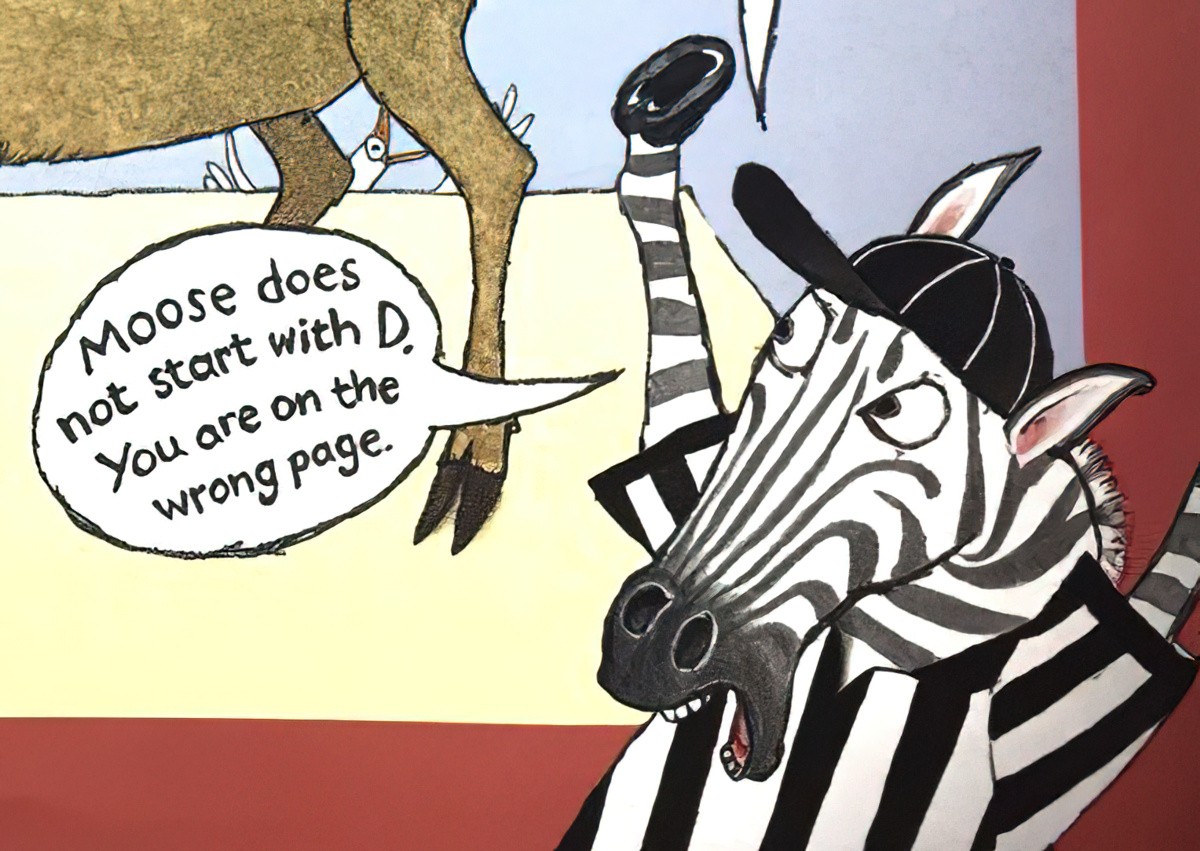
Let’s go briefly to the UK. I’m searching for Shirley Hughes because she draws a lot of people, and people have proper mouths.
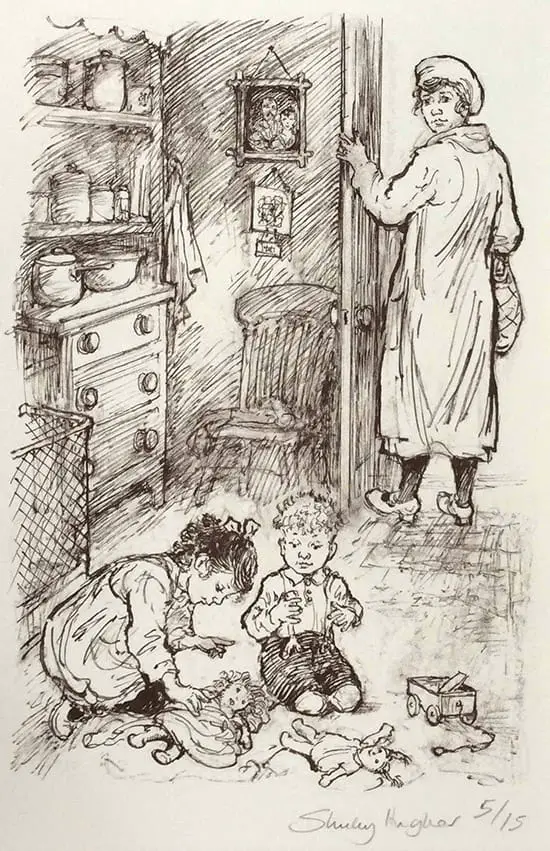
Look at Mog, though, by Judith Kerr. Cats have naturally downturned mouths, to the point where I believed all cats were always sad when I was little because if you look at them from the front this is what you see. But if you look at them side on, they’re enjoying a perpetual joke. Mog’s eyes have been reshaped to look mournful rather than frowny. Is this a frown to you? I don’t even know anymore.
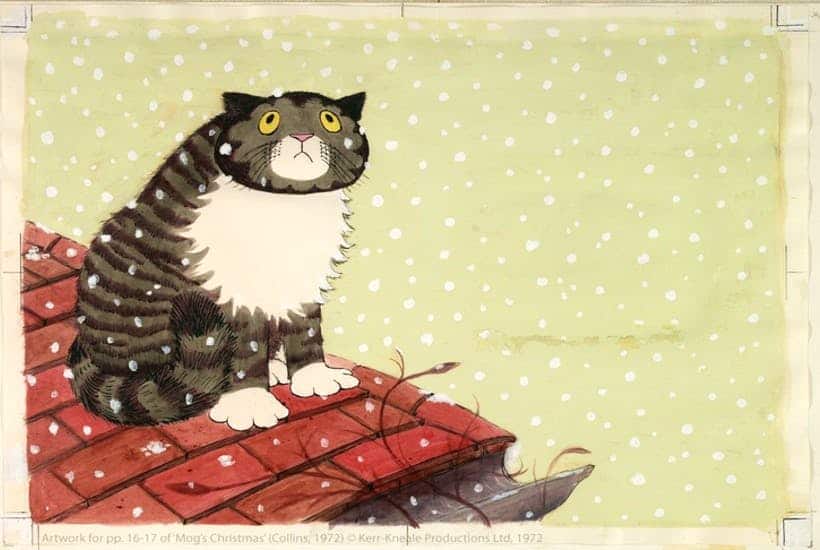
The character below is by British illustrator Chris Riddell. Eyebrows feature heavily. The mouth is narrow rather than downturned. I’m definitely getting ‘frown’ here. To me, this is the archetypal frown. All of the characters to the right are frowning.
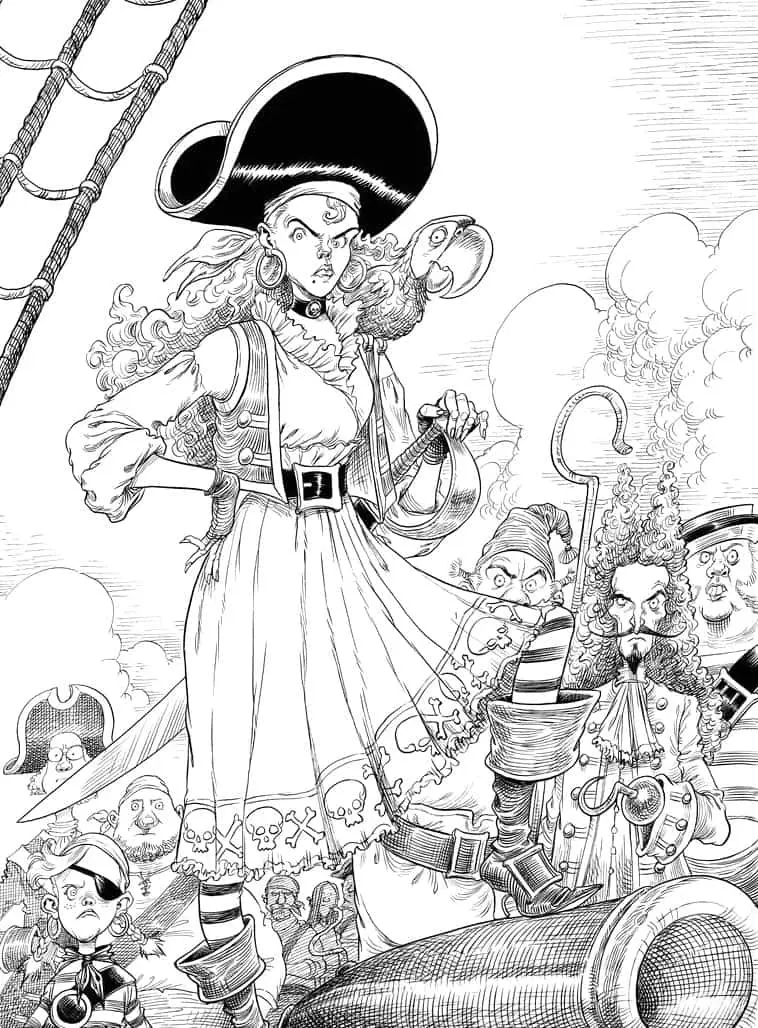
Here’s what I think’s going on. The concept of a facial expression is different from the reality of a facial expression. Actors, emoticon designers and illustrators are all working with the concept of frowning rather than with the reality of it. Britney Spears appears to be mid-interview above, whereas Steve Carell is acting. The same facial expressions, even if there were no difference at all, may well be labelled differently on each side of the Atlantic.
If you’d asked me to describe Steve Carrell’s face above, I wouldn’t have come up with ‘frown’. That’s not what I could call a frown, even if Giphy calls it a frown, even if the underlying emotion is frowny. I might have used words like sad, contemplative, thoughtful. His expression is clearly negative — he’s not thinking of something great, but that’s not a plain ole frown to me.
Illustrators, as you were. I reckon any difference between England and America is a labelling difference.
We may find something quite different if we went to Asia or into Maori culture, where eyebrow language is DEFINITELY a thing. I had to learn it myself as a young adult, moving from the South Island to the North Island of New Zealand.
